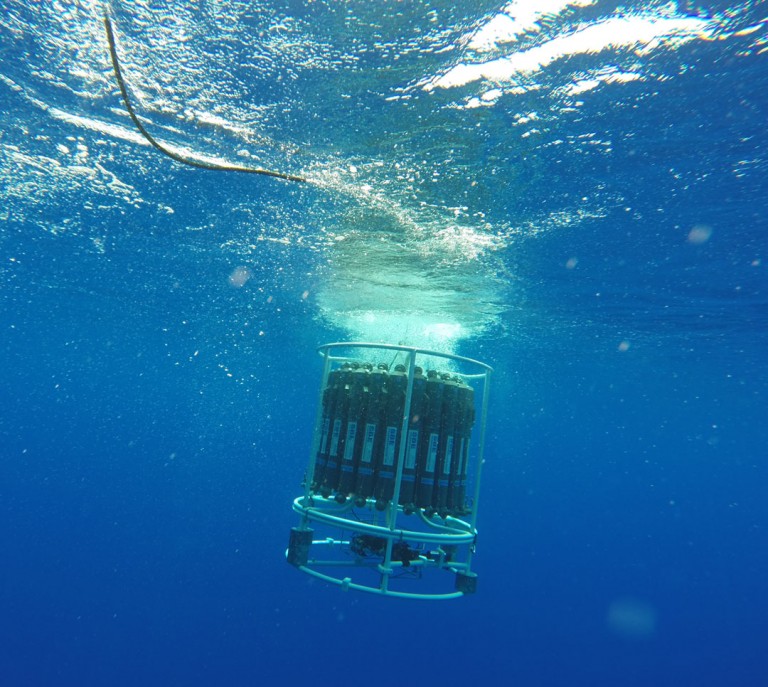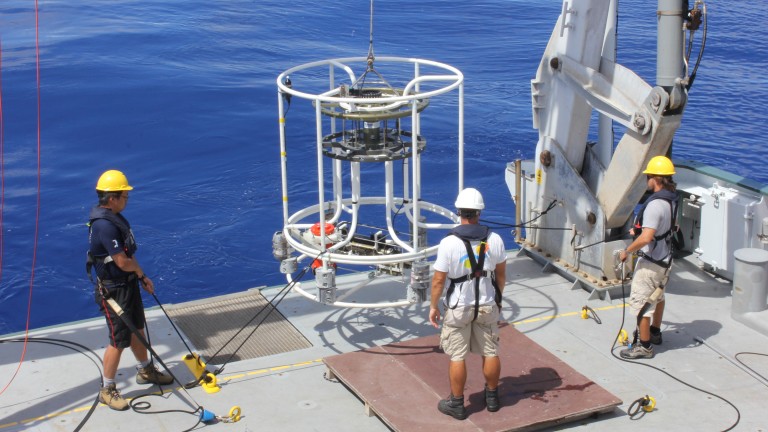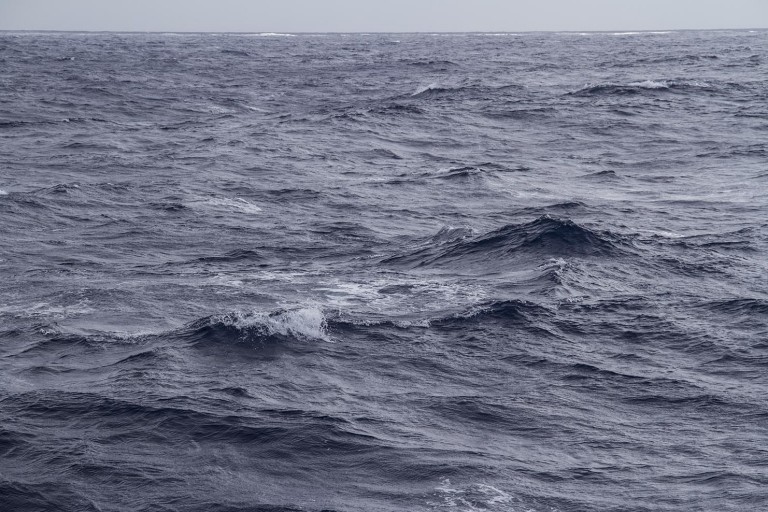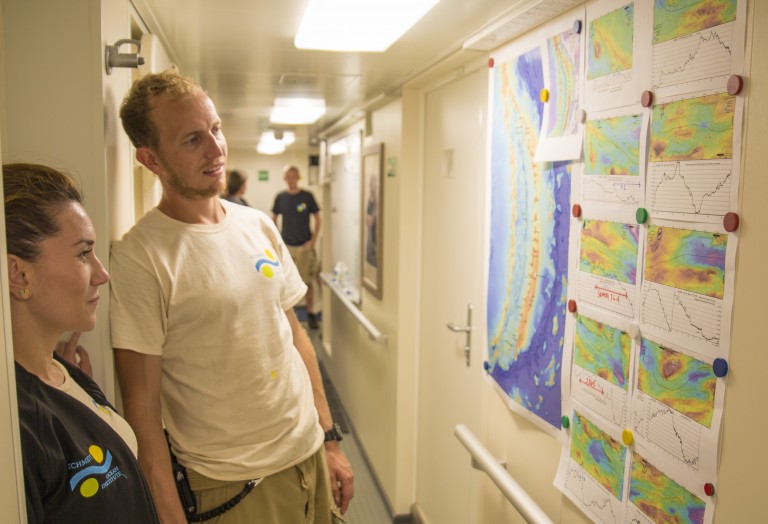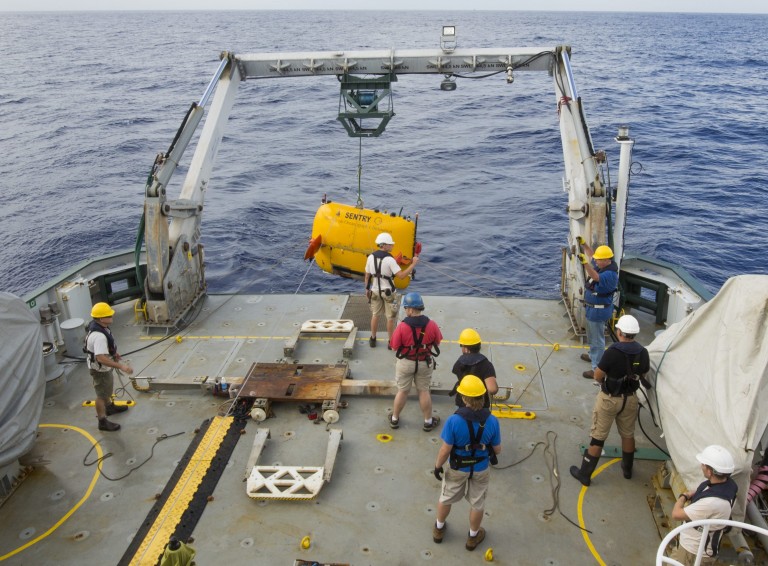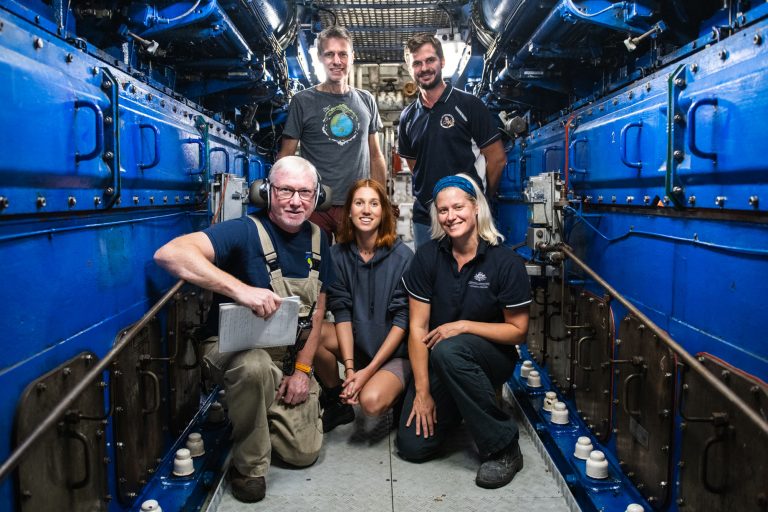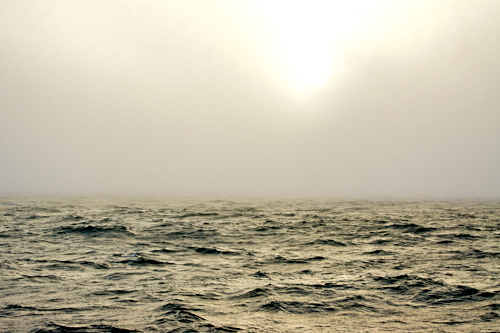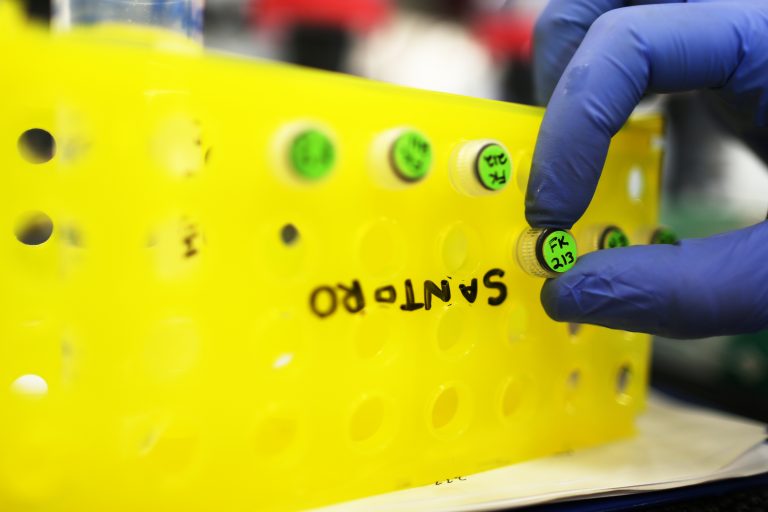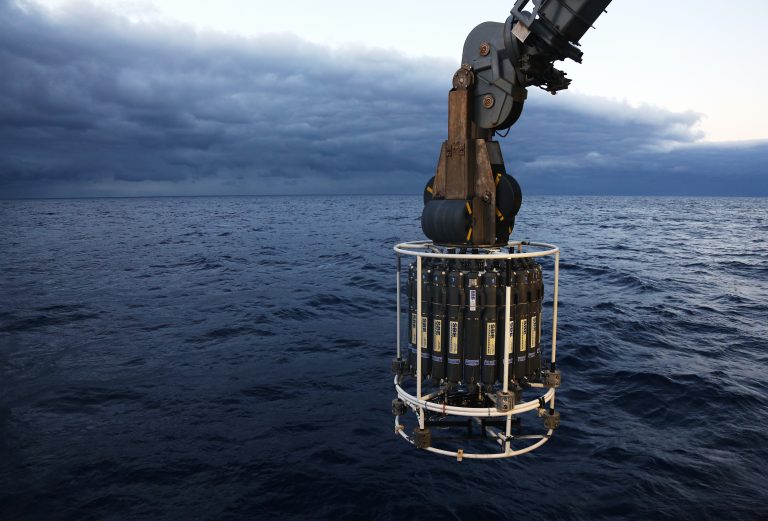Log Post: Student Video #2: Waves of Change
Check out the second video from one of our Student Opportunities participants, Jennifer Killinger. She takes a look at how Mixing Up the Tropical Pacific scientists on board Falkor are collecting oceanographic data with the CTD using Yo-Yo and Tow-Yo techniques.
